Simhae Jamsu Gajam Mulhoe Kodarijjim(심해잠수가잠물회코다리찜)
15.5Km 96 2021-04-13
144, Gwangmyeong-ro, Andong-si, Gyeongsangbuk-do
+82-54-854-4700
This is a place where you can eat Gajam Mulhoe (raw seafood soup) with flounder. This Korean dishes restaurant is located in Andong-si, Gyeongsangbuk-do. The representative menu is cold raw fish soup.
Myeongseong Ori (명성오리)
15.5Km 25 2021-03-24
139, Gwangmyeong-ro, Andong-si, Gyeongsangbuk-do
+82-54-841-0159
This is a place that sells fresh and high-quality duck dishes. This Korean dishes restaurant is located in Andong-si, Gyeongsangbuk-do. The most famous menu is whole duck soup with medicinal herbs.
Naedam Daegu Ppoljjim (내담대구뽈찜)
15.6Km 25 2021-03-24
12, Bokju 1-gil, Andong-si, Gyeongsangbuk-do
+82-54-843-1011
It is a place where you can savor the harmony of seafood and ribs. This restaurant's signature menu is braised beef short ribs and seafood/braised spareribs and seafood. This Korean dishes restaurant is located in Andong-si, Gyeongsangbuk-do.
MELTING2016 (멜팅2016)
15.6Km 60 2021-03-24
23, Okdong-gil, Andong-si, Gyeongsangbuk-do
+82-54-856-2376
It is an Andong restaurant that serves fresh salads and various menus. The best menu at this restaurant is pane cream pasta. This Western dishes restaurant is located in Andong-si, Gyeongsangbuk-do.
Geumjang Garden (금장가든)
15.6Km 16 2021-03-24
54, Saemdeurwit-gil, Andong-si, Gyeongsangbuk-do
+82-54-822-0948
It is a place where you can enjoy delicious marinated pork. This restaurant's signature menu is spicy stir-fried pork. This Korean dishes restaurant is located in Andong-si, Gyeongsangbuk-do.
Terminal Andong
15.7Km 9061 2016-09-05
247-32 Unheung-dong Andong-si Gyeongsangbuk-do
+82-1688-8228 (Korean)
Gajjeu Donkkaseu (가쯔돈까스)
15.7Km 69 2021-03-26
2, Okdong 1-gil, Andong-si, Gyeongsangbuk-do
+82-10-8711-6595
It is a good place that serves the perfect sauce and crispy Korean pork cutlet. This Western dishes restaurant is located in Andong-si, Gyeongsangbuk-do. The most famous menu is house-made pork cutlet.
Imhaho Gisa Sikdang(임하호기사님식당)
15.8Km 194 2021-04-09
8, Seonchakjang-gil, Andong-si, Gyeongsangbuk-do
+82-54-822-4929
There are a variety of side dishes, so you can enjoy different foods. This Korean dishes restaurant is located in Andong-si, Gyeongsangbuk-do. The representative menu is kimchi stew.
Musée de Andong Soju (안동소주·전통음식 박물관)
16.1Km 2847 2020-04-01
71-1 Gangnam-ro Andong-si Gyeongsanbukdo
+82-54-858-4541
Le musée du soju et de la gastronomie traditionelle à Andong, fondé en 1995, revient principalement sur l'histoire de l'alcool de riz 'soju'. Vous pouvez ici découvrir les origines de cet alcool, son processus de fabrication et diverses informations culturels sur l'alcool en Corée. Le musée propose également des activités pour vous familiariser avec la fabrication de cet alcool ainsi que des séances de dégustation. Vous trouverez également sur place diverses expositions sur la gastronomie locale.
Jeongjae Head House [Korea Quality] / 정재종택 [한국관광 품질인증]
16.2Km 7775 2023-04-13
경상북도 안동시 임동면 경동로 2661-8
+82-10-8590-0625
Boasting more than 300 years of tradition, Jeongjae Traditional House is the head house of Ryu Chi-myeong (pen-name: Jeongjae), who inherited the study of Togye Yi Hwang (1501-1570), one of the two most prominent Korean Confucian scholars of Joseon. The old house features the characteristic construction elements of a Joseon hanok, including the stylobate, wooden pillars, toenmaru (the narrow wooden porch running along the outside of the building), tiled roof, and other structures, and commands an open view of Imha Lake. The house was originally built by Ryu Gwan-hyeon, the great-great-grandfather of Ryu Chi-myeong, in 1735 (the 11th year of the reign of King Yeongjo of Joseon) in the village of Handeul in Imdong-myeon, Andong-si, Gyeongsangbuk-do, but it was relocated to the foot of Guamsan Mountain in 1987 when Imha Dam was built and the surrounding area was submerged as a result. The house consists of the daemunchae (gate building), jeongchim (a ‘ㅁ’-shaped house with a tiled roof), haengnangchae (servants’ quarters), a shrine, and a pavilion. The sarangchae (men’s quarters) is clearly visible, while the anchae (women’s quarters) is concealed within the house. The sarangchae has a sarangmaru (wooden floor), a large sarangbang room, a small sarangbang room, and there is a small maru between the two rooms. The buildings of the sarangchae and anchae are clearly divided into segregated spaces for men and women according to Confucian tradition. The anchae has a daecheongmaru (large wooden floor) in the middle; a main room, kitchen, and toilet on the right; and a numaru (upper floor) and sangbang (upper room) on the left. The small side door of the main gate links to the door by which to enter the anchae, which has a small vegetable garden. Manujeong Pavilion (Gyeongsangbuk-do Cultural Heritage Material No. 37) is a half-hipped roof building with single-layered eaves located on the left side of the house outside the main gate. It is the place where Ryu Chi-myeong used to teach his students, and consists of a large maru and a guest room. The pavilion is also surrounded by the beautiful scenery of Imha Lake, mountains, and chestnut trees. Jeongjae Traditional House provides two special experience programs: Making Songhwaju, which is the Ryu family’s home-brewed liquor (15 to 18 degrees) made with rice, glutinous rice, yeast, pine needles, and chrysanthemums, led by the owner’s wife (Intangible Cultural Asset No. 20); and Making Tarak, which is a fermented milk drink that has been made by the Ryu’s family for some 500 years. As the recipe for making Tarak is relatively simple, and uses yeast that is usually used to make raw rice wine like Makgeolli, people can easily make it at home. The house also runs a traditional music program designed to show participants how to play the gayageum (Korean zither with twelve strings) and sing Korean folk songs, and stages small concerts.
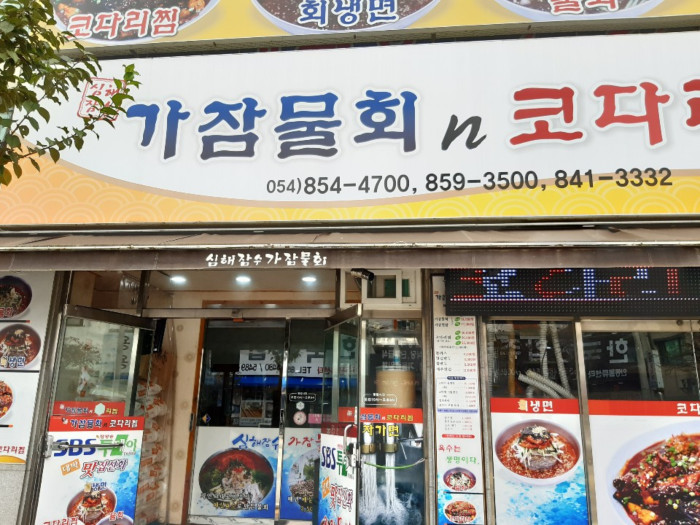
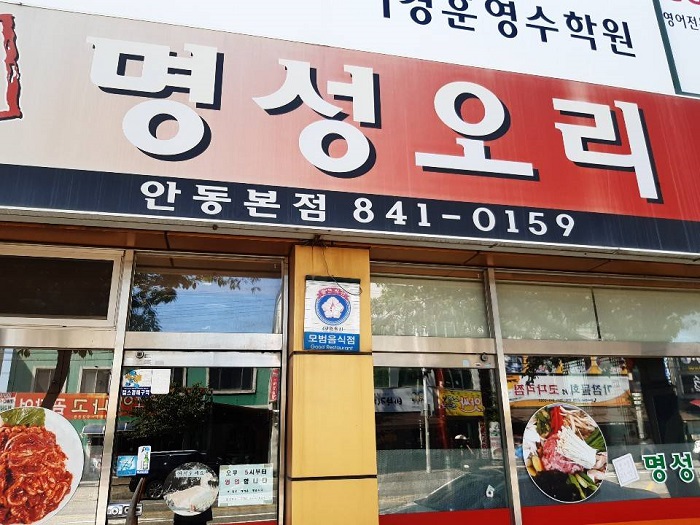
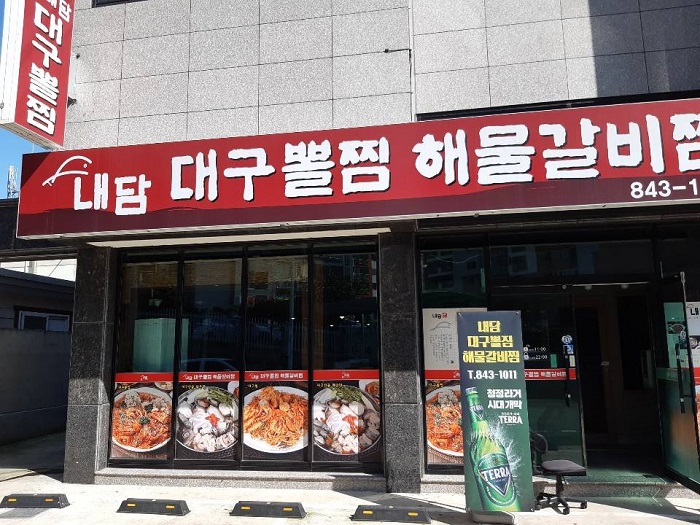
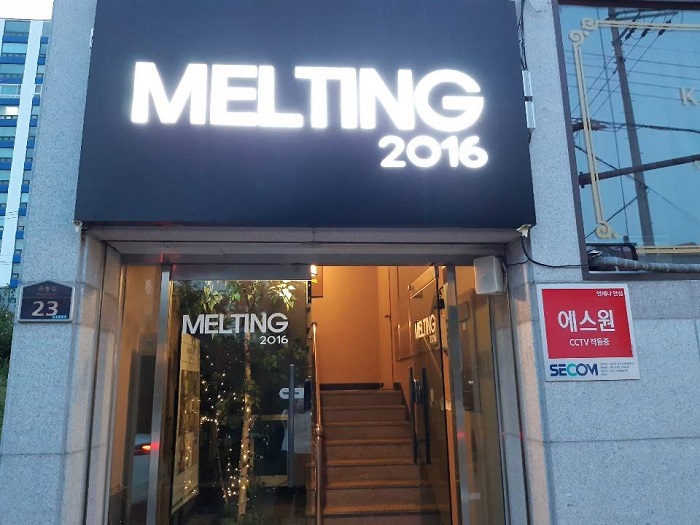
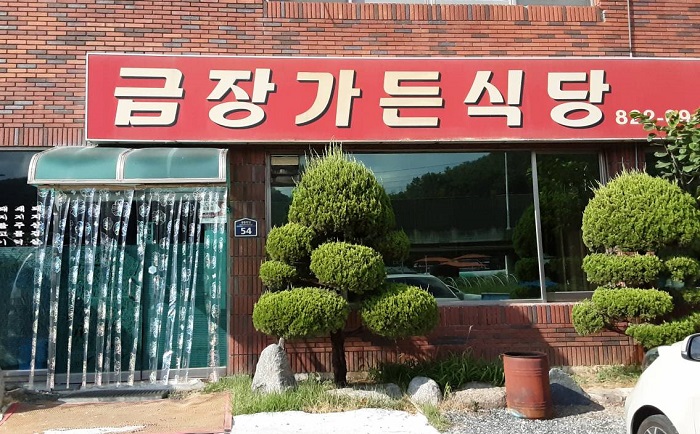
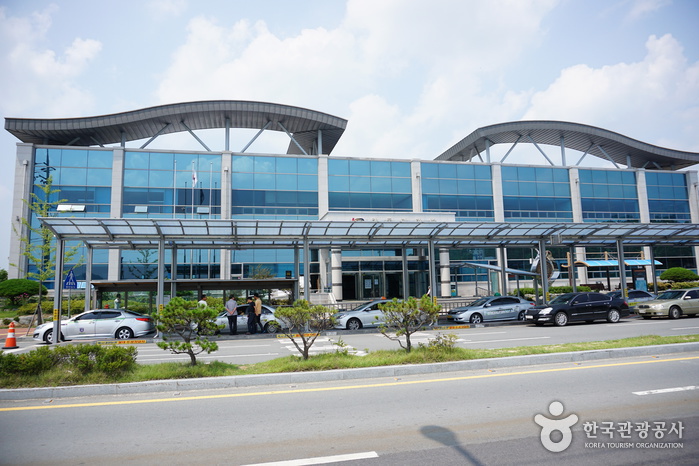
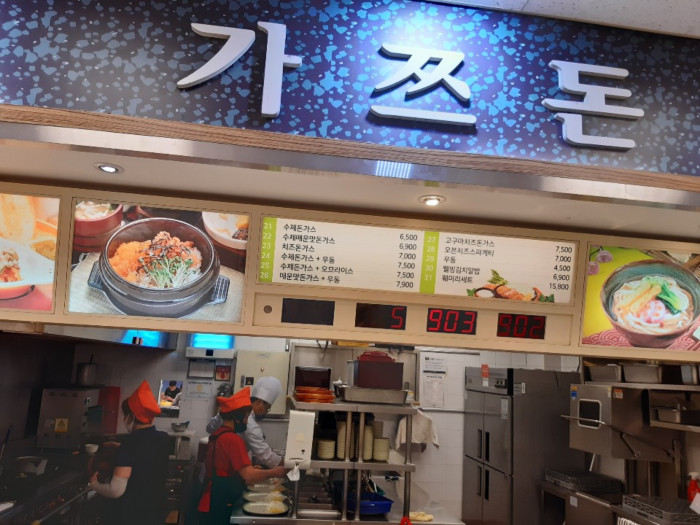
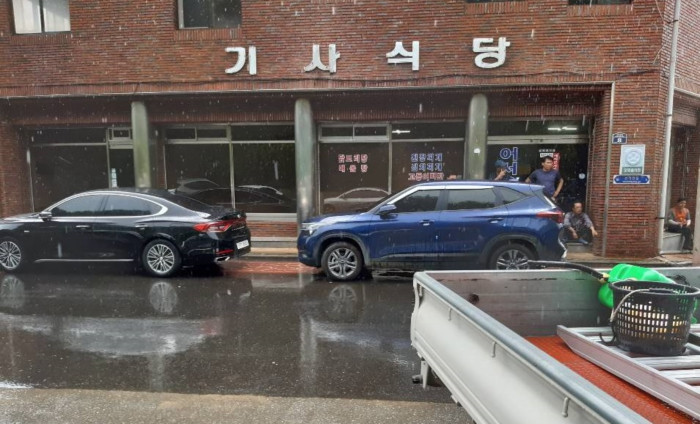
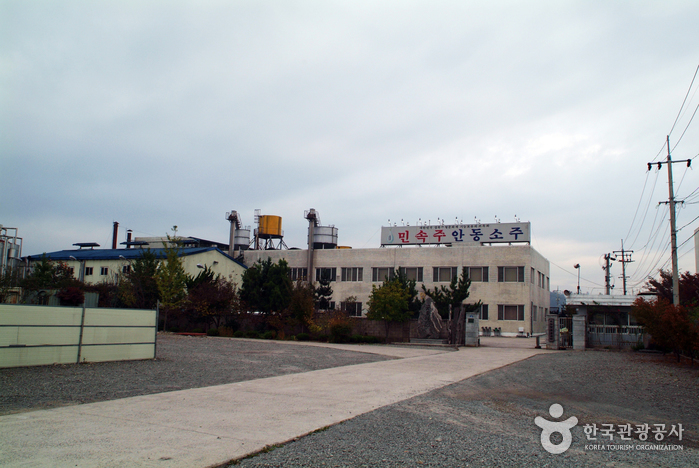
![Jeongjae Head House [Korea Quality] / 정재종택 [한국관광 품질인증]](http://tong.visitkorea.or.kr/cms/resource/96/2579496_image2_1.jpg)
 Français
Français
 한국어
한국어 English
English 日本語
日本語 中文(简体)
中文(简体) Deutsch
Deutsch Español
Español Русский
Русский